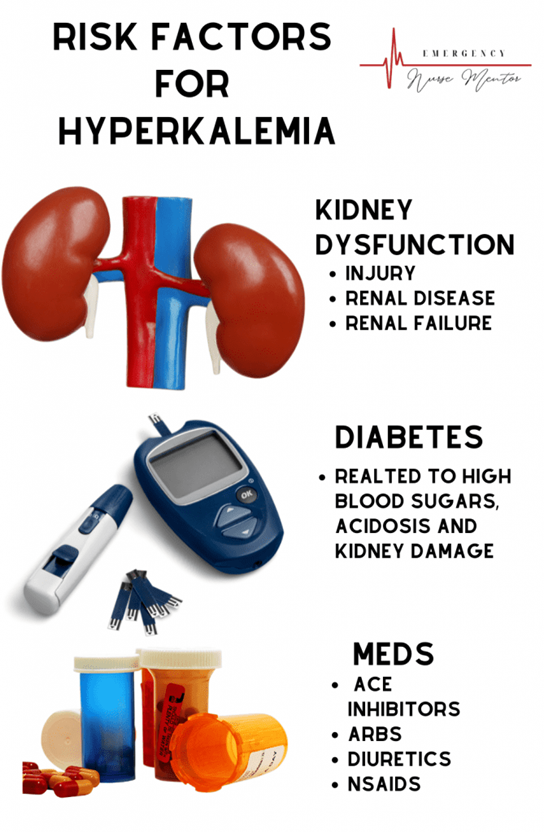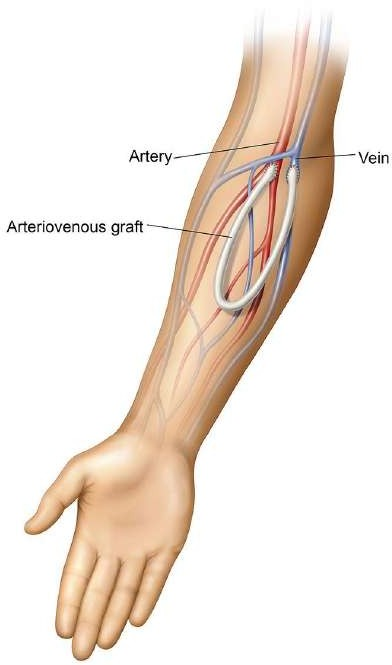A nurse is caring for a group of clients who have been diagnosed with urinary retention. Which of the following underlying conditions place these clients at risk for urinary retention? (Select all that apply.)
Multiple sclerosis
Streptococcal infection
Constipation
Parkinson's disease
Pelvic organ prolapse
Correct Answer : A,C,D,E
Choice A reason: Multiple sclerosis can affect the nerves that control the bladder and sphincter muscles, leading to urinary retention.
Choice B reason: Streptococcal infection is not typically associated with urinary retention unless it specifically affects the urinary tract, which is not common.
Choice C reason: Constipation can cause urinary retention by exerting pressure on the bladder or urethra, obstructing the flow of urine.
Choice D reason: Parkinson's disease can lead to urinary retention due to the impairment of nerve signals that
control the bladder.
Choice E reason: Pelvic organ prolapse can obstruct the urethra, leading to difficulty in emptying the bladder and resulting in urinary retention.
Nursing Test Bank
Naxlex Comprehensive Predictor Exams
Related Questions
Correct Answer is D
Explanation
Choice A reason: Hypernatremia, which is an abnormally high level of sodium in the blood, is not typically associated with prerenal AKI. Prerenal AKI is often related to hypovolemia, which can lead to hyponatremia rather than hypernatremia.
Choice B reason: Hypophosphatemia, or low levels of phosphate in the blood, is not a common finding in prerenal AKI. Phosphate levels are more often affected in intrinsic renal diseases or refeeding syndrome.
Choice C reason: Hypercalcemia, or high levels of calcium in the blood, is not commonly seen in prerenal AKI. It is more frequently associated with malignancies or hyperparathyroidism.
Choice D reason: Hyperkalemia, which is an elevated level of potassium in the blood, is a common electrolyte imbalance in prerenal AKI. This occurs due to decreased renal perfusion and the kidney's reduced ability to excrete potassium.

Correct Answer is D
Explanation
Choice A reason: Measuring blood pressure di?erences is not a method to assess the patency of an AV graft.
Choice B reason: Checking pulses is important but does not confirm the patency of the AV graft.
Choice C reason: Using a Doppler stethoscope at the antecubital fossa is not the standard method for assessing AV graft patency.
Choice D reason: Auscultating for a bruit at the site of the AV graft is a common and non-invasive way to assess for patency.

Whether you are a student looking to ace your exams or a practicing nurse seeking to enhance your expertise , our nursing education contents will empower you with the confidence and competence to make a difference in the lives of patients and become a respected leader in the healthcare field.
Visit Naxlex, invest in your future and unlock endless possibilities with our unparalleled nursing education contents today
Report Wrong Answer on the Current Question
Do you disagree with the answer? If yes, what is your expected answer? Explain.
Kindly be descriptive with the issue you are facing.
